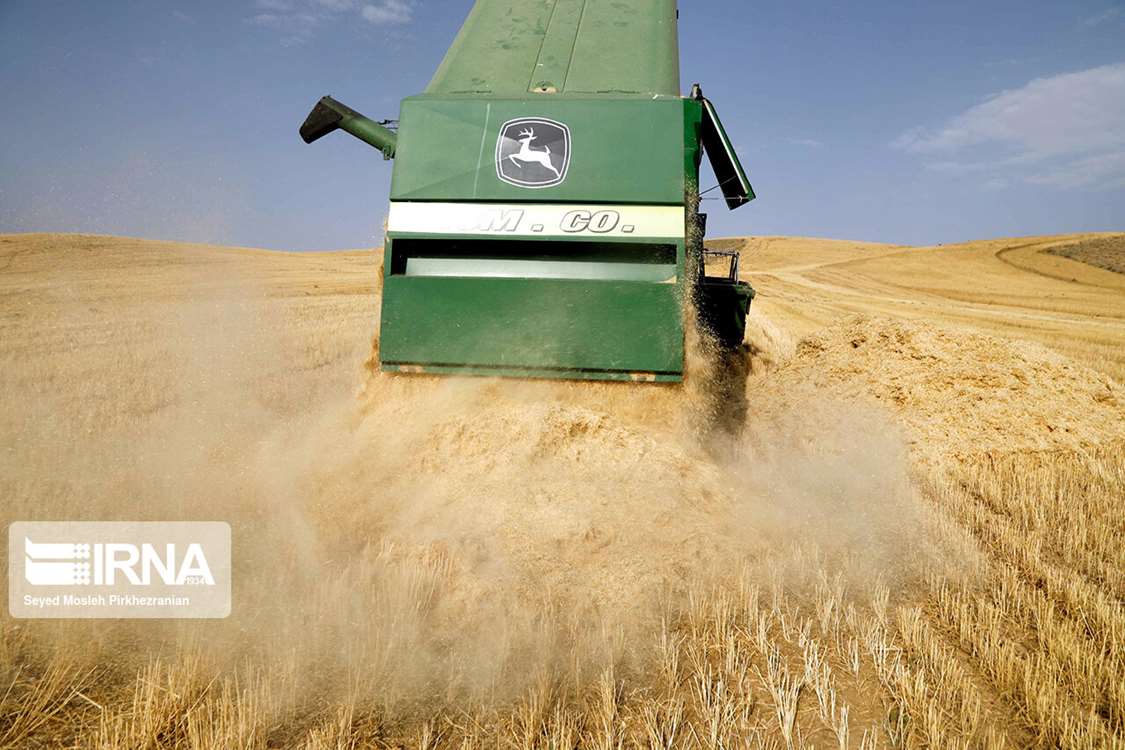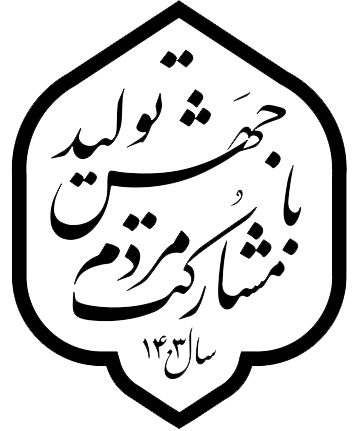Area under wheat cultivation in Iran reaches 6 million hectares

Area under wheat cultivation in Iran reaches 6 million
hectares
The head of the Wheat Project at the Iranian Ministry of
Agriculture announced that the area under wheat cultivation across the country
has reached 6 million hectares.
According to the Ministry of Agriculture's website, Sohrab
Sohrabi said in an interview with the ministry's news agency that, based on the
latest reports from provinces, since the start of the crop year two million
hectares have gone under wheat cultivation (artificial rain), and four million
hectares under rainfed cultivation.
420,000 tons of improved seeds have been distributed to farmers
so far, he added.
Sohrabi cited the introduction and distribution of a variety
of wheat varieties as one of the reasons for the increase in the cultivation
area. He said that 109 varieties, including 75 irrigated and 34 rainfed
varieties, have been distributed to farmers this year. He said variety is
essential for increasing both quantity and quality of production.
Sohrabi continued that the provinces of Khuzestan (585,000
hectares), Kurdistan (626,000 hectares), West Azerbaijan (400,000 hectares),
East Azerbaijan (466,000 hectares), Hamedan (414,000 hectares), Fars (412,000
hectares), Kermanshah (412,000 hectares), Golestan (355,000 hectares), and
Zanjan (300,000 hectares) are leading in terms of the cultivation area of
irrigated and rainfed wheat.
He also said that more than 76% of irrigated wheat and 84%
of rainfed wheat in Iran have been planted using fully mechanized methods. He
added that the goal of the Seventh Development Plan is to achieve 100%
mechanized wheat cultivation.
Sohrabi said the use of agricultural fertilizers in wheat
fields has increased this year. He said the use of urea, phosphate, and potash
fertilizers in wheat fields has increased by 21%, 65%, and 90%, respectively,
compared to last year.
Regarding precipitation and its impact on wheat production,
Sohrabi said that, according to the latest reports from the Iranian
Meteorological Organization, precipitation this year has been 36.7%, which is
44.8% lower than the long-term average and 17.2% lower than last year.
He added that the average temperature this year has also
increased by 2.2 degrees Celsius since the beginning of the year, which is not
a good climatic condition. However, despite this challenge, he said that the
ministry is working with relevant research institutes to develop technical
guidelines for wheat management in line with this year's weather conditions,
which will be issued soon.
Sohrabi expressed the hope that precipitation in the country
will improve in the coming months and that, with the technical measures taken
during wheat planting, good production will be achieved.
He said that the country's annual wheat needs, given the
population, are about 12 million tons. He said that 10 million tons of wheat
for bread and about 2 million tons of wheat for industrial use, such as the
production of pasta, are needed annually.
Sohrabi recalled that, in the previous agricultural year,
wheat was planted on 5.95 million hectares in the country and 13.5 million tons
of wheat were produced.




